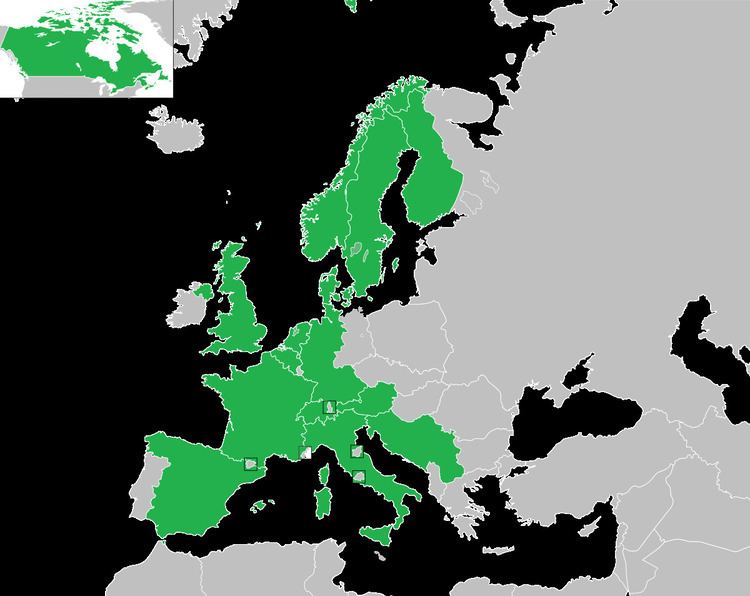Final 31 May 1987 Director Hugo Käch | Presenter(s) Margot Werner Executive producer Harro Eisele | |
 | ||
Host broadcaster Zweites Deutsches Fernsehen (ZDF) | ||
The Eurovision Young Dancers 1987 was the second edition of the Eurovision Young Dancers, held at the Schlosstheater Schwetzingen, Germany on 31 May 1987. Organised by the European Broadcasting Union (EBU) and host broadcaster Zweites Deutsches Fernsehen (ZDF), dancers from fourteen countries participated in the televised final. Austria, Canada, Denmark and Yugoslavia made their début at the contest.
Contents
For the first time ever, the Canadian Broadcaster CBC (EBU Associate Member) joined the show with its participant. The participant countries could send one or two dancers, male or female, that could not be older than 20. Each entry consisted in one or two dances with no rules or limitations regarding the style. The dances could not be longer than 5 minutes (for soloists) or 10 minutes (for couples).
Rose Gad Poulsen and Nikolaj Hübbe of Denmark won the contest, with Switzerland and West Germany placing second and third respectively.
Location
Schlosstheater Schwetzingen (Schwetzingen palace theater), a court theater in Schwetzingen, Baden-Württemberg, Germany was the host venue for the 1987 edition of the Eurovision Young Dancers.
The historic building, opened in 1753, is part of Schloss Schwetzingen and since 1952 the principal venue of the Schwetzingen Festival. It is also called Hoftheater (court theater), Hofoper (court opera), and Comoedienhaus (comedy house). The frequently applied name Rokokotheater (Rococo theater) is misleading, because it shows also neoclassical elements, added in 1762.
Format
The format consists of dancers who are non-professional and between the ages of 16–21, competing in a performance of dance routines of their choice, which they have prepared in advance of the competition. All of the acts then take part in a choreographed group dance during 'Young Dancers Week'.
Jury members of a professional aspect and representing the elements of ballet, contemporary, and modern dancing styles, score each of the competing individual and group dance routines. Once all the jury votes have been counted, the two participants which received the highest total of points progress to a final round. The final round consists of a 90-second 'dual', were each of the finalists perform a 45-second random dance-off routine. The overall winner upon completion of the final dances is chosen by the professional jury members.
Final
Awards were given to the top three countries. The table below highlights these using gold, silver, and bronze. The placing results of the remaining participants is unknown and never made public by the European Broadcasting Union.
Jury members
The jury members consisted of the following:
